The new Talentlms and Worktango research report reveals how the dead angles in organizational change erode the confidence, belonging and the culture of employees. The data reveal key obstacles to a well -directed change and how to overcome them.

Caught up in skills: 45% of employees say they need new skills to adapt to change. However, almost half do not receive enough learning opportunities to do so.
Key factory facts
Confidence in leaders breaks down
50% of employees say that their confidence in business leadership has been negatively assigned by organizational change.
Employees remained unpublished
46% of employees did not have the possibility of providing comments on the impact of change.
Change increases tension
59% say that their stress levels have been negatively affected by organizational change in their business.
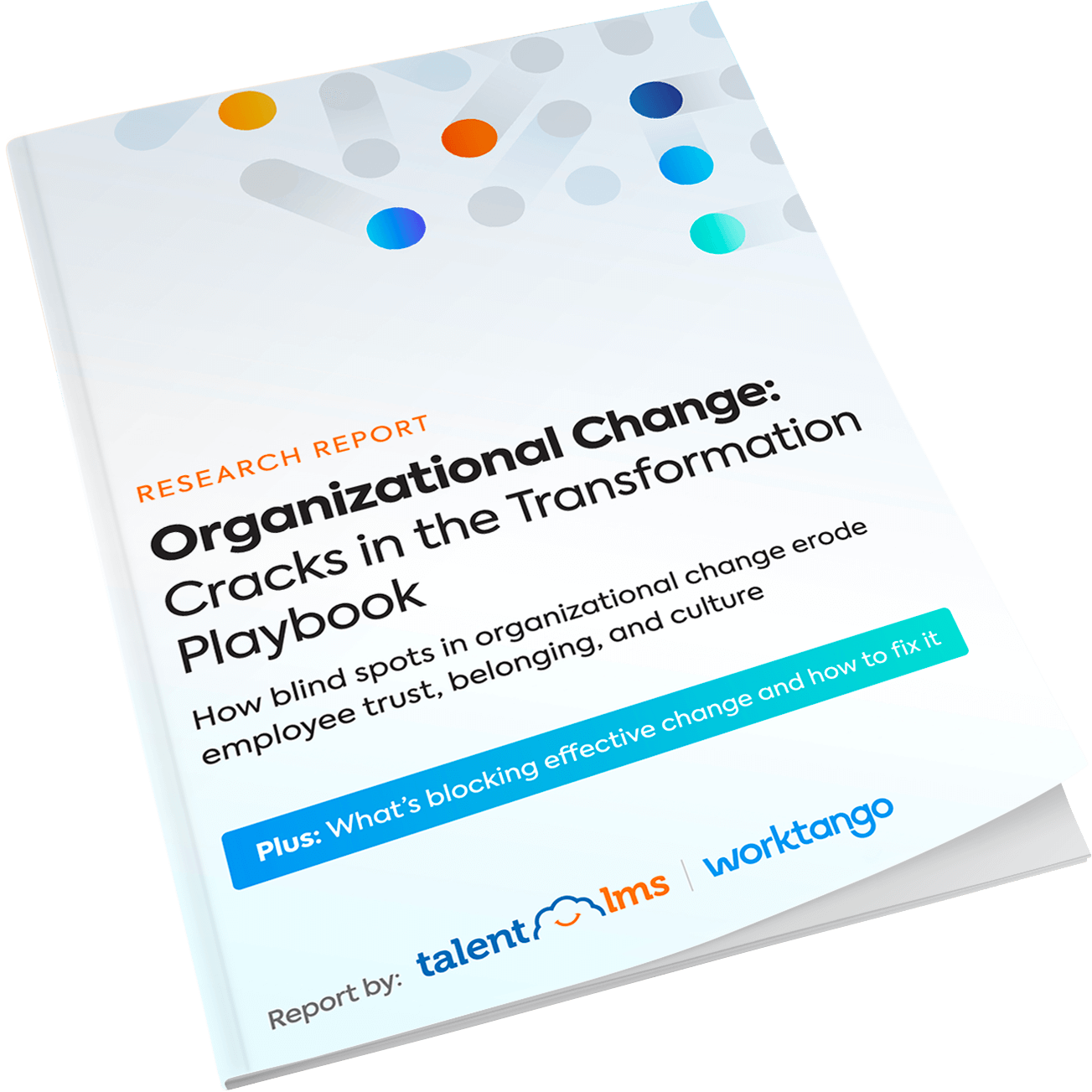
Take -out research
Why the transformation is missing the brand
Human barriers to change
Managers say that the biggest obstacles to change are not tools or systems. They are human and emotional. Low morale and commitment, resistance to employees and poor communication lead to transformation efforts. This indicates a clear need for stronger support, transparency and clarity from the top.
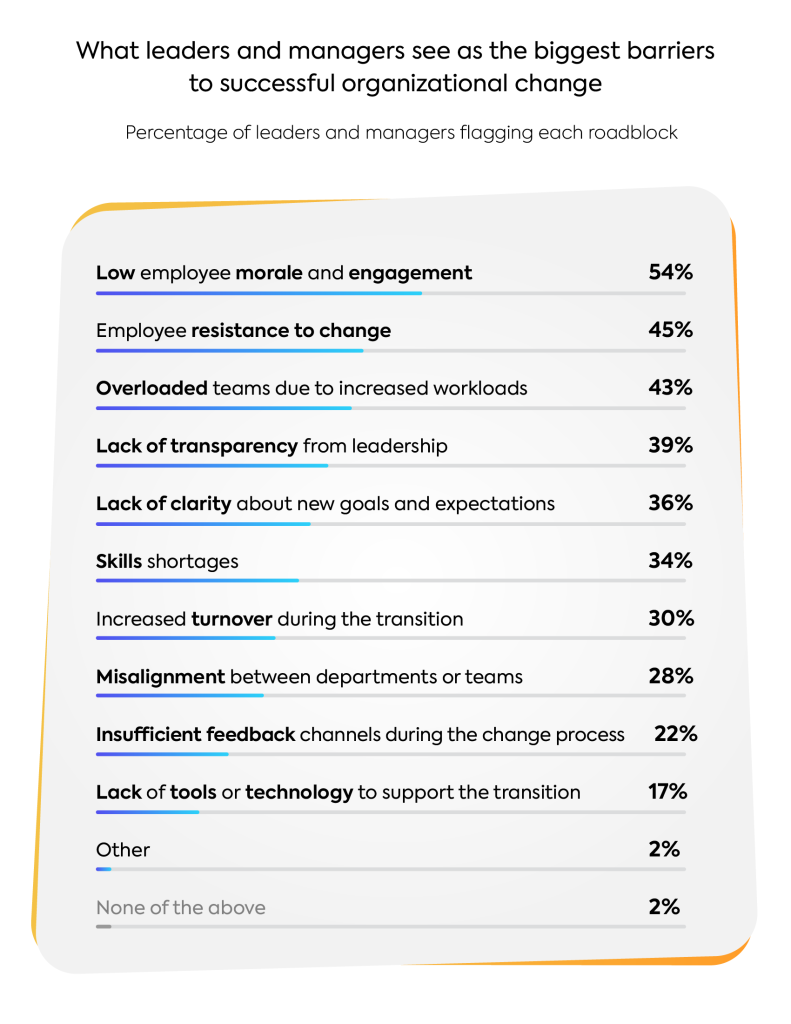
The emotional cost of change
Employees feel the pressure of change at a deeply personal level. Emotional challenges such as uncertainty, instability and loss of confidence are among the most common obstacles they face during workplace transitions. In addition to that, the heavier workloads and the disturbances of the team amplify the pressure.
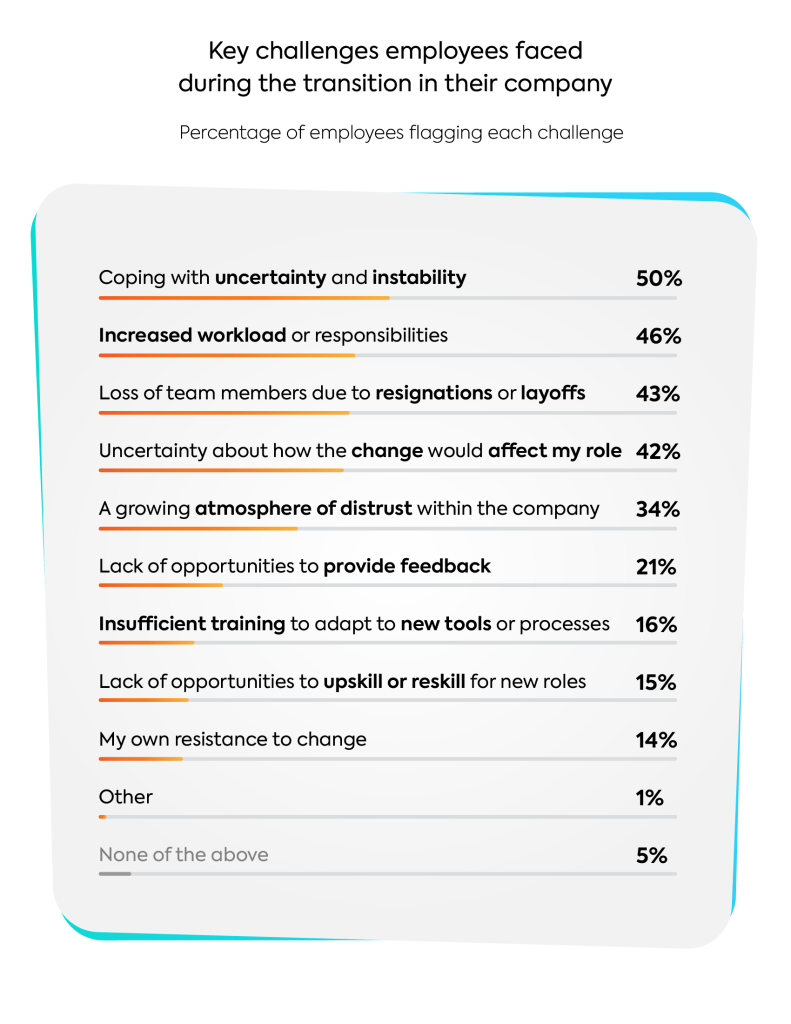
Friction in the manual
The cost of the wrong way of making a mistake
Broken stability of the workplace
43% of employees said their employment safety had been negatively affected by organizational change, while 45% said their work satisfaction has decreased.
Drives Turning change
More than a third (35%) of employees said they were more likely to leave their business due to organizational change.
The support is short
39% of employees said their company had not provided adequate support and resources to help employees navigate in the transition.
Learning takes a rear seat during the change
Managers recognize that skills gaps can derail changes: 34% of managers and managers interviewed agreed that skills shortages could hinder their business’s ability to successfully navigate. However, this knowledge is not equal to the action.
The data has revealed that most companies do not provide learning that employees must follow: 47% have said that their business had not provided enough learning and development possibilities during the transition period. Without developing new skills that match the requirements of change, even the strongest strategy can fail.
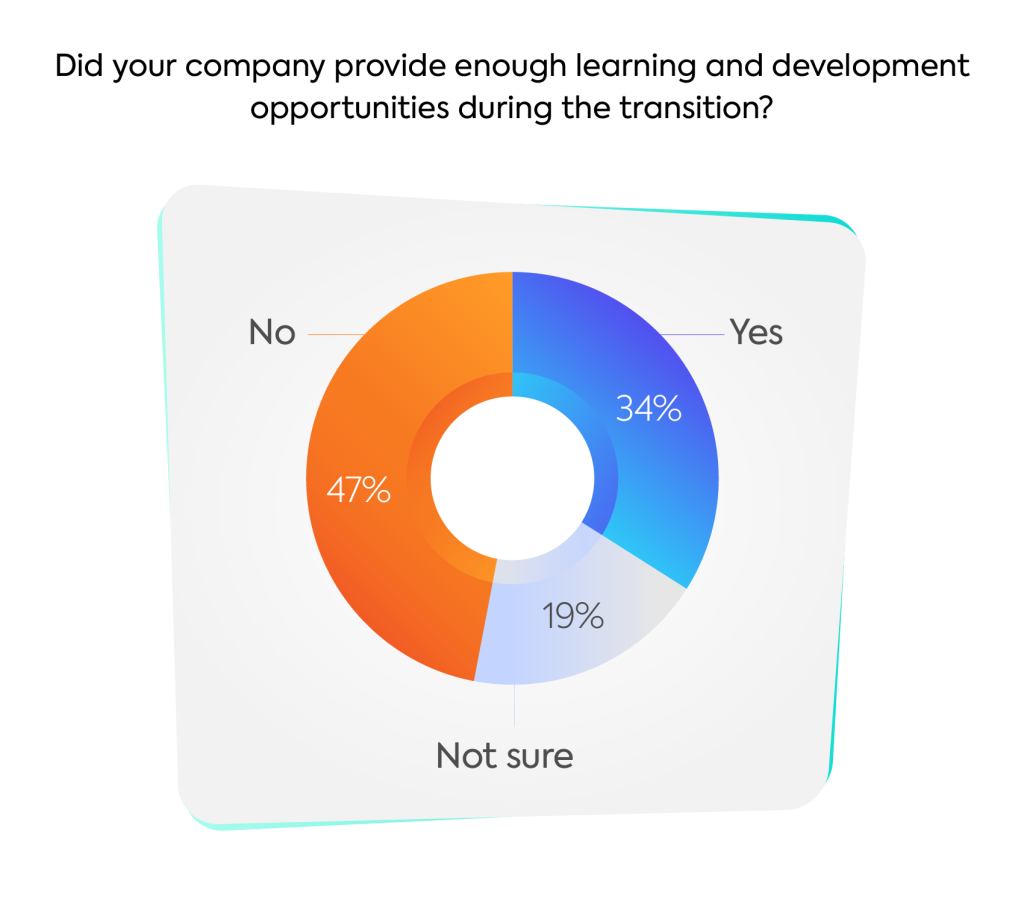
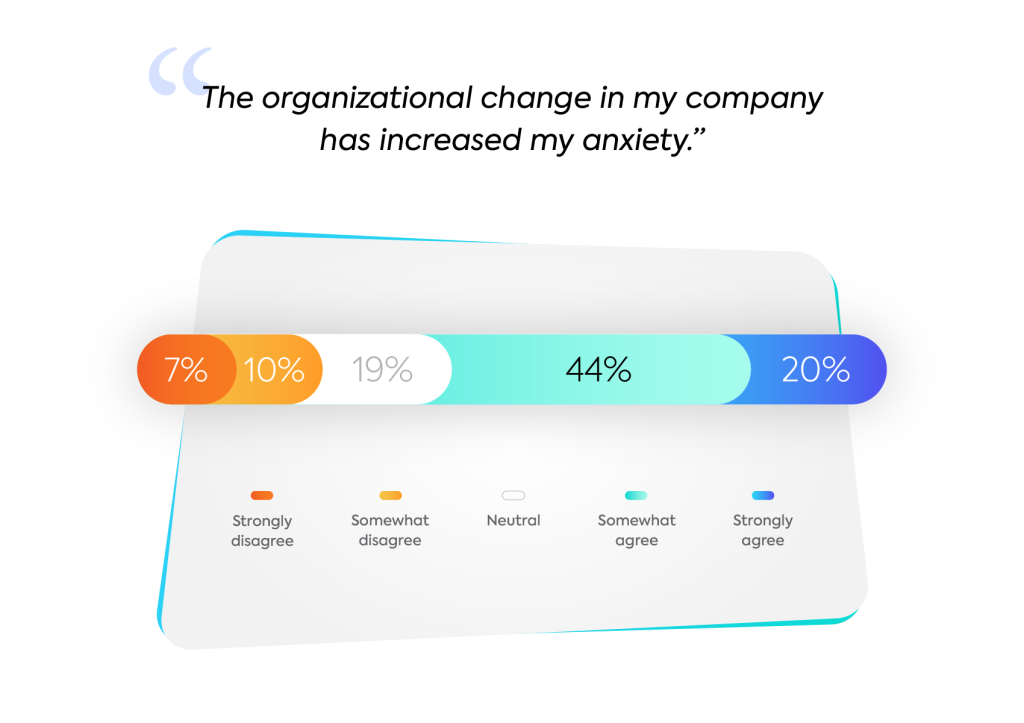
Change is wreaking havoc and support is not
Almost two thirds of employees (64%) reported an increase in anxiety due to an organizational change, while 52% felt exhausted. However, only 12% had access to mental health resources to help manage these pressures. In addition, 46% faced heavier workloads during transitions.
It is not surprising that 34% of employees declare a drop in balance between professional and private life due to the change. So what is the situation as a whole? Employees run on vacuum. And they have to face the emotional assessment of change by themselves.
Voices of incredible employees
For the most part, a change is made to employees, not built with them: 46% were not invited to comments on the effects of change in their organization. The result? A process that feels from top to bottom and disconnected. Employees are excluded from the conversation of change.
This weakens engagement, limits confidence and causes uncertainty and stress. To fill the gap, organizations should create structured feedback loops that maintain the communication that flows in both directions.
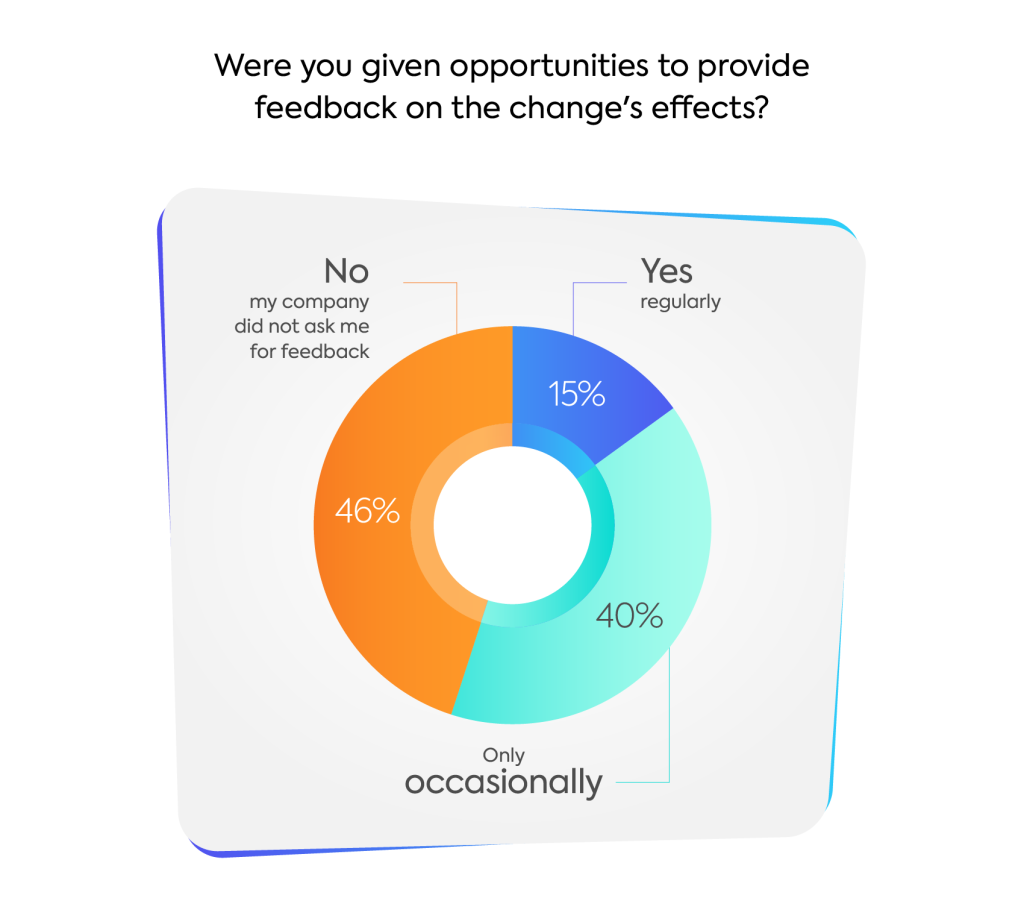
Download the large -scale report
L&D is the key to conducting organizational success. Take advantage of the report information to feed your growth initiatives.
Immerse more deeply in original research by talentlms

The L&D Reference report Talentlms 2024

Silent cracking: a search for a hidden work crisis

The investigation reveals critical gaps in the development of leadership

Build a strong learning culture in your organization with talents
Register in a few seconds, test the platform forever, get on each time.



